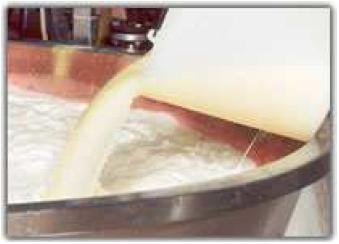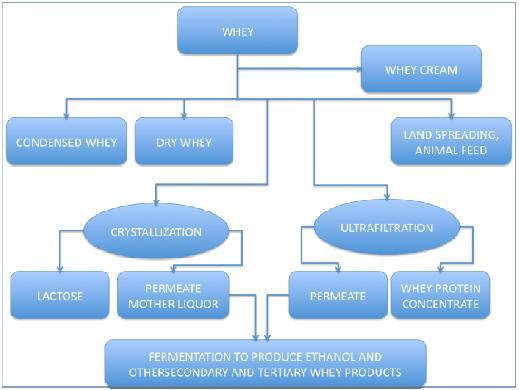Team:UNIPV-Pavia/Project/Motivation
From 2009.igem.org
(l) |
|||
| Line 46: | Line 46: | ||
<br> | <br> | ||
| - | <i>B.O.D. 5 (Biochemical Oxigen Domand 5)</i> | + | <lu> |
| + | <li><i>B.O.D. 5 (Biochemical Oxigen Domand 5)</i> | ||
It is an index to measure the oxygen need within 5 days (in mg/l), for the oxidation processes of the organic substances present in waste performed by microorganisms. | It is an index to measure the oxygen need within 5 days (in mg/l), for the oxidation processes of the organic substances present in waste performed by microorganisms. | ||
| + | </li> | ||
| - | <i>C.O.D. (Chemical Oxygen Demand)</i> | + | <li><i>C.O.D. (Chemical Oxygen Demand)</i> |
It is a measure of the amount of oxygen used to oxidize organic and inorganic compounds contained in a water sample. It provides a global measurement of all chemicals in the water that can be oxidized and so it is an indirect index of pollutants in a water sample. | It is a measure of the amount of oxygen used to oxidize organic and inorganic compounds contained in a water sample. It provides a global measurement of all chemicals in the water that can be oxidized and so it is an indirect index of pollutants in a water sample. | ||
| + | </li> | ||
| + | </lu> | ||
Disposal of whey is a serious problem even if for a long time this product has been discharged into water streams, used for land spreading or to feed farm animals, since B.O.D. reduction treatments require a great economic effort. | Disposal of whey is a serious problem even if for a long time this product has been discharged into water streams, used for land spreading or to feed farm animals, since B.O.D. reduction treatments require a great economic effort. | ||
Revision as of 10:39, 21 October 2009

|
|
|
Motivation |
||
|
WHY WHEY?Whey is a component of milk, which separates after curdling when rennet or an edible acidic substance are added. It represents one of the main by-products of the cheese and casein industry. It is a mixture of different substances, some of which potentially valuable if extracted and individually processed. As reported in the following table, the main solid components of whey are soluble proteins, lactose, mineral salts and vitamins. In this section a summary of "Ethanol? Whey not!" project results is reported. For more information you can visit Parts Characterization section, in which you can find a documentation for each every single BioBrick involved in this project. This liquid waste is commonly regarded as the "environmental problem" of the cheese factories, which generally produce wheys of different content depending on the specific productive process and kind of cheese. In Italy, as in other countries with an important casearian tradition, the amount of whey produced every year is huge (8-10 million m^3/year). Differently from other countries in the central/nord Europe, in Italy the 85% of the milk produced is transformed in cheese by an high number of small/medium creameries, spread on the whole territory. Until some year ago, whey was given to pigs or introduced directly into the river systems, thus contributing to the organic pollution of environment and giving rise to water asphyxia. Its high nutrient load, in fact, causes the proliferation of microorganisms which deplete oxygen levels in the surface water systems. For this reason, the Italian law classifies whey as "special waste". Two indicators are commonly used to measure the nutrient load: B.O.D.5 and C.O.D..
<lu> |
 "
"



